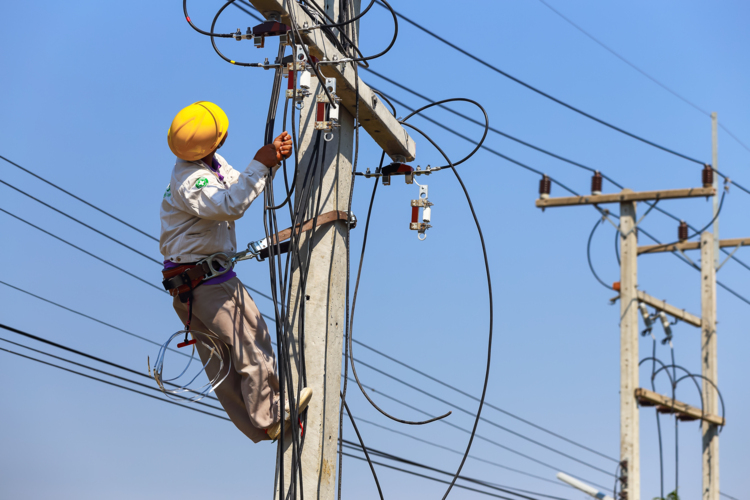With all the publicity about 5G and the applications it can support, some may feel like they’re late to the party if they’re still on 4G/LTE. The truth is, the 5th generation of cellular is just getting started. But that’s about to change, and early 2020 is the time for federal agencies to make sure they are ready.

Rolling out 5G
The telecoms have been deploying 5G networks in cities across the country, but smartphones and other 5G-enabled mobile devices just recently started hitting the market. That will change next year as the Federal Communications Commission makes more progress on its 5G FAST rollout. The program includes making more spectrum available, and as policies and regulations governing cellular service are updated, industry will respond with more devices and cell towers – federal agencies should have the foundation ready to move forward.
That means modernizing network infrastructure to support 5G, as well as other innovations such as Wi-Fi 6 and private LTE. These technologies are on the verge of being widely deployed, and CommScope’s acquisition of Ruckus and ARRIS has created the trifecta of network modernization to help agencies adopt this next-generation technology.
Why 5G?
5G allows for dramatic increases in the speed, coverage and capacity of wireless networks to support the next-generation of technologies. Mobile all the time, the Internet of Things (IoT), edge computing, virtual- and augmented reality, and 4K-resolution content are just some of the high-bandwidth demands that are becoming common throughout government—demands that 5G can fully support.
People expect to connect easily and stay connected with low latency, while moving seamlessly across internet-based programs -- government agencies have the same expectations. Although 5G is expected to offer the most dramatic difference yet in cellular communications, it won’t solve all the government’s communications needs, specifically, in-building coverage.
Even with the potential capabilities of 5G, there are concerns about maintaining coverage inside of buildings, where 80 percent of mobile data is used. That could be a major problem for federal agencies.
Fortunately, there are additional wireless technologies that support not only 5G but private LTE and Wi-Fi 6. CommScope can address all the wireless technologies, licensed and unlicensed, as well as the infrastructure to enable wireless connectivity. CommScope’s business, including technologies from the recent acquisition, unlocks the full potential of the network including:
- A complete suite of connectivity for metropolitan areas, in-building structured cabling and small-cell solutions, and wireless LAN
- End-to-end private networks
- Converged networking, access points, and LAN controllers
With our three specialties, CommScope is equipped to look across the enterprise and really understand the technical issues to bring new technologies to scale with networking infrastructure that outlasts those of our competitors. Some of our services include:
CommScope’s Ruckus technology is a leader in wireless innovation with the industry’s first IoT- LTE-ready Wi-Fi 6-certified access point with peak data rates of up to 4.8 Gbps. And, Ruckus was the first to introduce access points to support the Citizen Broadband Radio Service (CBRS).
CommScope is ready for 5G, just like we’re ready for Wi-Fi 6 and CBRS. We are excited to grow our federal partnerships to modernize infrastructure for all three. Fast, stable, cellular connections are foundational to today’s federal agencies.
Continue reading:
The Path to 5G Is Clear: And We Just Turbocharged Network Innovation
Ruckus talks 5G and IoT at MWC 2019
CBRS Spectrum Holds Great Possibilities for Law Enforcement












